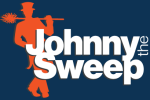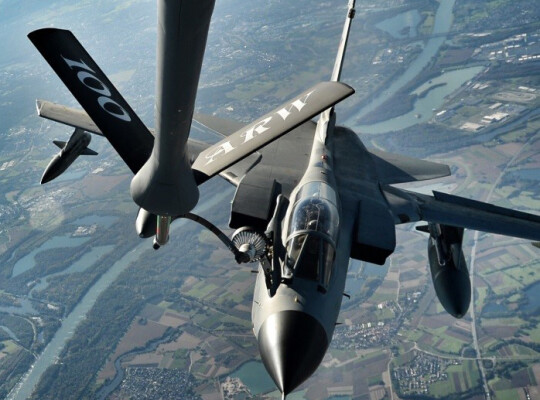During my 17 years in the RAF, I was lucky enough to work alongside some inspirational people who helped shape my perspective and thinking.
This is Part One of Three, in which I share the pieces of advice given to me that have shaped my thinking. This advice stayed with me through my service and still helps me today.
I'm always interested to hear your views and experiences.
Part Two to follow next week!
Part 1 - Never Miss the opportunity to stretch yourself
When I arrived on 14 Squadron at RAF Lossiemouth (my first front line Tornado unit), I was subject to various ‘check’ flights to ensure my competence levels were maintained. The ‘checker’ on the Squadron was an experienced and inspirational character who would always make sure I was stretched to a ‘healthy’ level.
During the pre-flight planning he’d ask some probing questions.
Him - ‘Have you ever flown the dive bomb pattern anti-clockwise at the range?’
Me – ‘Er.... no’
Him – ‘Ok, we’ll do that left handed’
Or
Him – ‘Flown an approach into Edinburgh?’
Me – ‘No’
Him – ‘OK, we’ll do that’
And so on. In hindsight, this was a very deliberate and effective teaching technique. The result would be to learn something new and increase my own ‘comfort zone’.
The concept of always being stretched was a constant during my flying career. Once something was ‘mastered’, it was on to the next thing, and so on.
As an example of this, one of the important elements of Tornado flying and Operations was Air to Air Refuelling, known as AAR. This involved taking on extra fuel, whilst airborne, from a specialised air tanker. This was a skill practiced regularly on the Squadron, first by day, later by night. It took a lot of concentration and a high degree of piloting ability to do it smoothly, I was always relieved when the fuel transfer was complete.
During our operations over Iraq in the late 2000s, most sorties would require 3 refuels to maintain a 6 – 8 hour flight time. These were usually from RAF or US Air Force tankers both during the day and night and generally straightforward.
In terms of ‘stretching’ the skills, the US KC-135 tankers would sometimes use what was called a ‘Boom-Drogue Adapter’ or BDA. The pilots would generally not enjoy this experience as it involved connecting with a basket connected to a short hose, then moving left then forward to develop the correct ‘bend’ in the hose to enable fuel flow. The whole experience would take 10 minutes in which around 5000kg fuel were taken on. The generally preferred technique was to fix the right hand engine at somewhere near 'maximum' and use the left hand throttle to adjust position. My head remained facing front right, watching the basket, wide eyed with concentration, the Navigator would normally help by monitoring fuel state (and sometimes having lunch!) Although BDA tanking was used infrequently, It was never an enjoyable experience. After the first time I did this, my ‘backside’ was still clenched tight 10 minutes after my aircraft departed the tanker!
Once tanking was complete, we would be off to undertake our tasking in support of ground forces as planned.
Anyway, back to the moral of this tale! One morning before an Iraq Mission, I discovered I had been programmed with all 3 tankers having BDAs. Of course, nothing I could do would change this so we flew the mission. The first tank was a bit ‘clenchy’, but by the time the third one was finished I felt I’d ‘cracked it’. Stretched and mastered!
Looking back, I don’t think I would have ever spoken about this to any of the other aircrew, as showing any kind of public fear or weakness was not appropriate behaviour. But I do remember feeling a mixture of satisfaction and relief that I’d overcome something that I was nervous about.
Today as a small business owner the lessons learnt by these experiences are still with me.
My ethos today is to be able to offer a great service to my customers through a combination of expanding my own range of practical skills and services whilst keeping up to date with the ever-changing legislation and public concerns about air quality issues.
As an example, one of the services I expanded into was fitting bird guards and cowls. I previously had no experience of this kind of work but attended the relevant training courses and bought the correct equipment to do it safely. A bit like the BDA, it was a bit a learning curve, but now, a few years later, it’s a satisfying experience to be able to offer a wider professional service.
Next time, I'll share the next piece of advice, thank you for reading.

